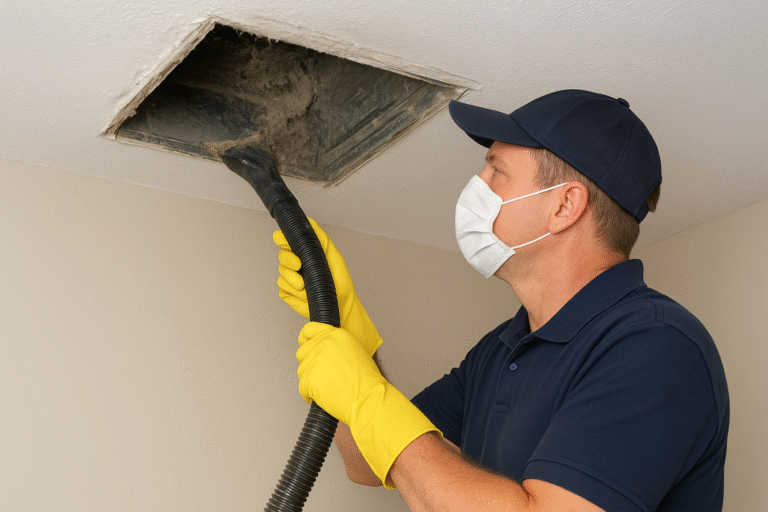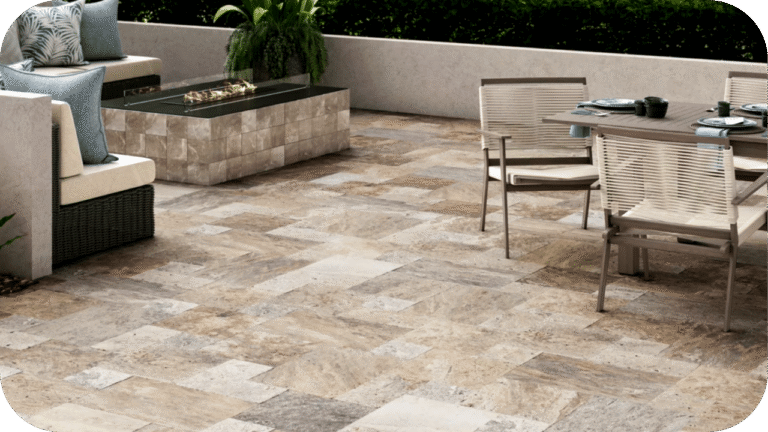
Secondary glazing is an increasingly popular and highly effective solution for homeowners across the UK looking to improve the comfort and efficiency of their properties without undertaking a complete window replacement. It involves installing a second, discreet window frame on the interior side of your existing window, creating an insulating air gap that dramatically boosts the performance of the original pane. This practical guide explores what secondary glazing is, its significant benefits for your home, and what you need to consider before installation.
What is Secondary Glazing and How Does it Work?
Unlike standard double glazing, which involves replacing your entire window unit, secondary glazing retains your existing window frame and glass. A new, slender aluminium or timber frame with a glass or acrylic pane is fitted internally, right next to the original window. This creates a substantial pocket of still air between the two layers of glass.
This air gap is the key to the system’s effectiveness. Still air is a poor conductor of heat and sound, acting as a powerful insulating barrier. This simple yet ingenious addition significantly reduces heat transfer and dampens external noise, making it an ideal retrofit solution for properties of all ages. It is particularly valued in period homes and those in conservation areas or listed buildings where planning restrictions often prohibit the replacement of original windows. Secondary glazing allows you to comply with modern thermal and acoustic standards while preserving the external character and historic fabric of your property.
The Dual Benefits: Warmth and Silence
The primary reasons homeowners opt for secondary glazing are the dramatic improvements in thermal efficiency and acoustic insulation. These two benefits contribute directly to a more comfortable, energy-efficient, and peaceful home environment.
Superior Thermal Insulation and Energy Savings
Old, single-glazed windows are notorious for being a major source of heat loss in a home, with cold air infiltrating and warm air escaping through draughts and conduction. Secondary glazing can cut heat loss through the window by up to 60-65% when installed correctly, especially when paired with low-emissivity (Low-E) glass.
The insulating air layer seals the existing window effectively, virtually eliminating cold draughts and drastically reducing the window’s U-value (a measure of heat loss, where a lower number is better). By keeping the heat inside during the winter, your central heating system does not have to work as hard, which leads to noticeable reductions in your energy bills. This improved thermal performance also helps to maintain a consistent room temperature, eliminating those cold spots near the windows that can make a room feel uncomfortable. Furthermore, by keeping the interior pane warmer, the system helps to control condensation, a common issue with single-glazed windows.
Unmatched Noise Reduction
For properties near busy roads, flight paths, or city centres, noise pollution can significantly impact quality of life. While standard double glazing reduces noise, secondary glazing, due to its ability to create a much wider air gap (often recommended to be 100mm or more), is often far superior at dampening sound vibrations. The two panes of glass, set apart and often of different thicknesses (an acoustic principle known as ‘decoupling’), prevent sound waves from easily travelling through the unit. This can achieve noise reductions of up to 70% or 80%, transforming a noisy environment into a peaceful sanctuary. Specialist acoustic laminated glass can be used in the secondary unit to maximise this soundproofing effect.
Secondary Glazing Cost and System Types
When considering any home improvement, the initial expenditure is a key factor. The good news is that the secondary glazing cost is typically much lower than the price of a full window replacement with new double glazing.
Costs are bespoke and depend on the size of the window, the chosen system type, and the glass specification. However, as a general guide, installed secondary glazing for a standard window often falls in the range of £300 to £500 per unit, making it an accessible option for many homeowners. While an initial outlay is required, the long-term savings on energy bills can provide a good return on investment over time.
Several system types are available to suit every window style and homeowner need:
- Horizontal or Vertical Sliders: Ideal for traditional sash windows or modern casements, allowing the secondary pane to slide open for ventilation and access.
- Hinged Units: These open like a door, providing full and easy access to the original window for cleaning or maintenance.
- Fixed Panels: A permanent, non-opening solution offering the best insulation and security, typically used on windows that are not regularly opened.
- Lift-Out Units: Removable panels for occasional access, offering a balance between performance and flexibility.
Choosing the right type is crucial for functionality and aesthetic appeal, ensuring the unit blends seamlessly with your home’s existing décor and window design.
Installation and Maintenance
Secondary glazing is generally installed with minimal disruption to your home. It can usually be fitted in a fraction of the time it takes to replace a full window unit. While DIY kits exist, professional installation is highly recommended to ensure a perfect, airtight seal. A precise fit is essential to maximise the thermal and acoustic benefits and to prevent potential condensation issues between the panes.
Maintenance is straightforward. The frames can be cleaned with warm, soapy water, and the gap between the primary and secondary panes can be accessed for cleaning depending on the system type you choose. With proper care, modern secondary glazing systems are highly durable and designed to last for many years.
By choosing secondary glazing, you invest in a solution that is sympathetic to your property’s heritage while providing the warmth, quiet, and energy efficiency of a modern home. It is a practical, cost-effective, and powerful upgrade for any UK property owner.






